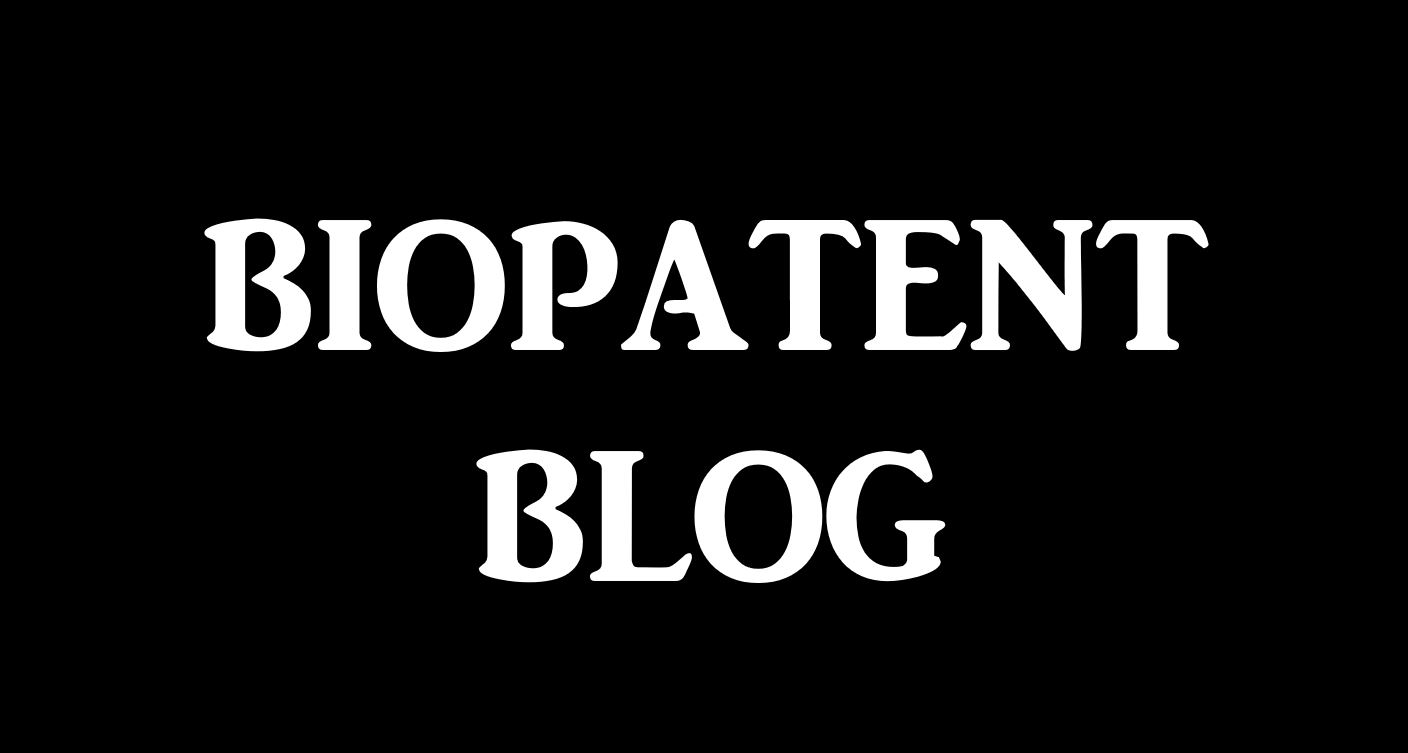<判決紹介>
■コメント
機能的に限定されたAbbVie社の抗体クレームがwritten description requirementを満たさず無効と判断されたCAFC判決。 ☆☆☆☆
AbbVie社の特許はUS6914128とUS7504485 (128特許の分割)。
対象クレームはKoff(又はKd)値等で限定されていて、実施例は「親抗体Joe-9の変異体を作ったら、中和能力やKoff等に優れた抗体が得られた」というもの。
変異体の特許は狭くなりやすいし、実施例を見た感じではこの結果もしょうがないかなぁという印象。
(非配列限定の米国抗体特許のWDRにとって重要な判決。)■リンク
No. 2013-1338, -1346 (July 1, 2014)
US6914128
US7504485■抜粋
AbbVie Deutschland GmbH v. Janssen Biotech, Inc., No. 2013-1338, -1346 (Fed. Cir. 7/1/2014)
The claims of the ’128 and ’485 patents at issue in these appeals define the claimed antibodies by their function, i.e., IL-12 binding and neutralizing characteristics, rather than by structure. Claim 29 of the ’128 patent is representative and reads as follows:
29. A neutralizing isolated human antibody, or antigen-binding portion thereof that binds to human IL-12 and disassociates from human IL-12 with a koff rate constant of 1×10-2 s-1 or less, as de-termined by surface plasmon resonance.
…
Functionally defined genus claims can be inherently vulnerable to invalidity challenge for lack of written description support, especially in technology fields that are highly unpredictable, where it is difficult to establish a correlation between structure and function for the whole genus or to predict what would be covered by the functionally claimed genus. Ariad, 598 F.3d at 1351 (“[T]he level of detail required to satisfy the written description requirement varies depending on the nature and scope of the claims and on the complexity and predictability of the relevant technology.”); see also Centocor Ortho Biotech, Inc. v. Abbott Labs., 636 F.3d 1341, 1352 (Fed. Cir. 2011) (noting the technical challenges in developing fully hu-man antibodies of a known human protein). It is true that functionally defined claims can meet the written description requirement if a reasonable structure-function correlation is established, whether by the inventor as described in the specification or known in the art at the time of the filing date. Enzo Biochem, Inc. v. Gen-Probe Inc., 323 F.3d 956, 964 (Fed. Cir. 2002). However, the record here does not indicate such an established correlation. Instead, AbbVie used a trial and error approach to modify individual amino acids in order to improve the IL-12 binding affinity. Moreover, the ’128 and ’485 patents do not describe any common structural features of the claimed antibodies. The asserted claims attempt to claim every fully human IL-12 antibody that would achieve a desired result, i.e., high binding affinity and neutralizing activity, and cover an antibody as different as Stelara, whereas the patents do not describe representative examples to support the full scope of the claims.
We therefore conclude that substantial evidence supports the jury verdict of invalidity for lack of an adequate written description of the claimed genus and affirm the district court’s denial of JMOL on that issue6. Consequently, we need not address AbbVie’s argument regarding enablement.
抗体特許のwritten description requirementが争われた事例 (AbbVie v. Janssen, 2014)
 WDR
WDR
コメント